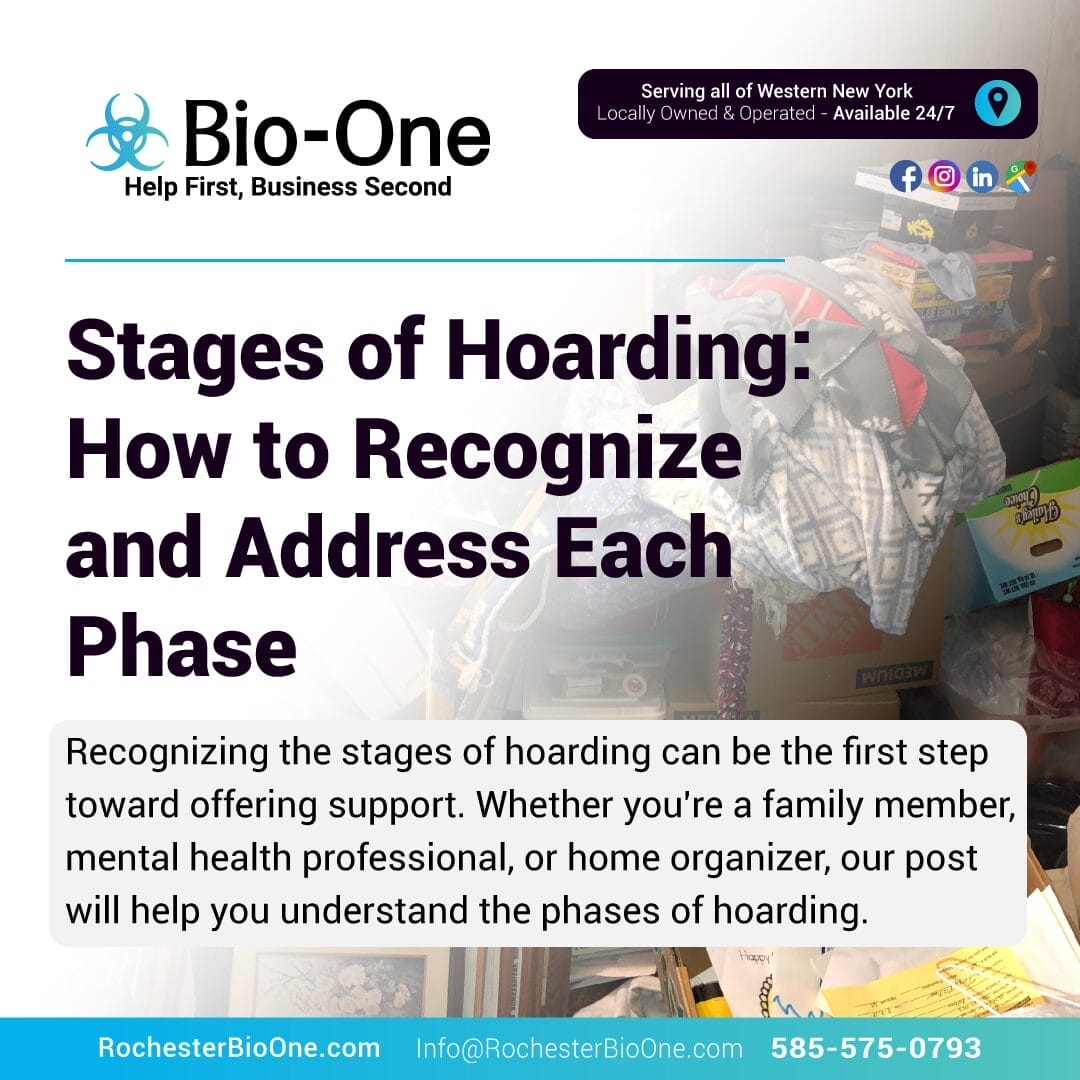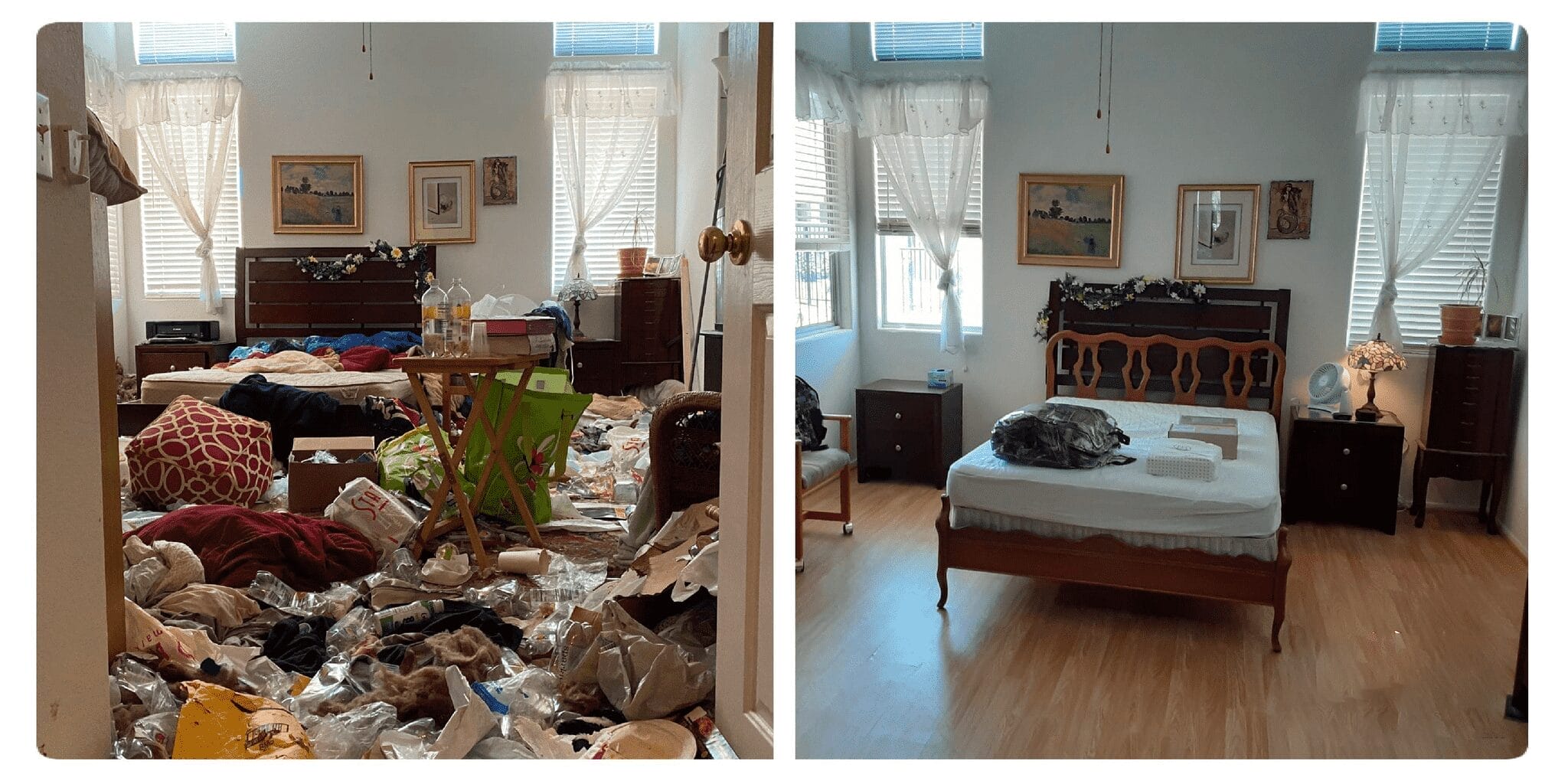
Hoarding is more than just clutter. It's a challenging mental health issue that affects not only the individual but also their loved ones and living environment. Recognizing the stages of hoarding can be the first step toward offering support and finding solutions. Whether you're a family member, mental health professional, or home organizer, this guide will help you understand the phases of hoarding, how they progress, and actionable ways to intervene compassionately.
What Is Hoarding?
Hoarding is a behavioral disorder characterized by persistent difficulty discarding possessions, regardless of their value. This results in excessive accumulation of items, which can clutter living spaces and significantly impair daily functioning. It often stems from anxiety, attachment to items, or a fear of waste, and typically worsens without proper intervention.
According to the International OCD Foundation, about 1 in 20 people exhibit hoarding behaviors to some degree, meaning many homes are silently struggling with this issue.
The Five Stages of Hoarding
Stage 1: Mild Clutter
At this initial stage, the signs of hoarding may seem minor or easy to overlook. A home in this phase typically appears lived-in, with some clutter in areas like countertops, entryways, or tables.
Recognizable Signs:
- Living areas are generally accessible.
- There may be piles of unopened mail or lightly cluttered desks.
- No significant impact on daily life or the ability to clean.
How to Address It:
Encourage open communication with warmth and empathy. Gently discuss the importance of tidying up and help sort through clutter in small, manageable steps. Professional help may not yet be needed, but cultivating healthy organizational habits can prevent the situation from escalating.

Stage 2: Noticeable Accumulation
Stage 2 shows a more pronounced amount of clutter. Rooms may begin to lose their intended functionality, and signs of neglect in household maintenance might appear.
Recognizable Signs:
- Accumulation of items begins to obstruct furniture or surfaces.
- Rooms start serving unintended purposes (e.g., a living room becomes a storage area).
- Trash may not be consistently removed, creating lingering odors.
How to Address It:
This is a good time to partner with a home organizer or cleaning service that specializes in compassionate assistance. Professionals can help make the decluttering process feel less overwhelming while respecting the individual’s emotional connection to their possessions.
Stage 3: Health and Safety Concerns
Stage 3 marks a critical tipping point. Clutter now affects the daily functioning of the home, and the health and safety of its occupants may be compromised.
Recognizable Signs:
- Rooms are difficult to access or entirely blocked by items.
- Increased presence of pests, mold, or unsanitary conditions.
- The individual becomes noticeably distressed if others attempt to help or move belongings.
How to Address It:
At this phase, it is important to involve both mental health professionals and specialized hoarding cleanup teams. Compassionate and discreet services can ensure the environment is restored safely, while counseling or therapy can address the emotional roots of hoarding behavior.
Stage 4: Severe Obstruction
At this point, inhabiting the home becomes increasingly difficult—if not impossible—due to severe accumulation. Critical areas like kitchens, bathrooms, and bedrooms may no longer be usable.
Recognizable Signs:
- Hoarded items create fire hazards or block emergency exits.
- Essential activities, such as cooking, bathing, or sleeping, are hindered.
- Strained relationships with family or friends due to the living conditions.
How to Address It:
Interventions must go beyond physical cleanup. A coordinated approach involving mental health professionals, cleanup specialists, and family support can create a path forward. It’s essential to focus on rebuilding trust and offering long-term help for the individual’s well-being.
Stage 5: Crisis Level
The final stage represents extreme hoarding conditions that pose significant risks to health, safety, and personal relationships. Individuals at this stage often isolate themselves, and their homes may face condemnation or eviction threats.
Recognizable Signs:
- Entire living spaces and pathways are blocked by hoarded items.
- Serious health and structural hazards, such as infestations or weakened flooring.
- The individual shows extreme emotional distress and resistance to intervention.
How to Address It:
Stage 5 requires delicate but firm intervention. Professionals specializing in severe hoarding situations are crucial at this stage. These teams combine technical skills with empathy to restore the home safely and provide supportive aftercare. Counseling remains a long-term necessity to help prevent recurrence.
If You or a Loved One is Dealing with Hoarding
If you or a loved one is struggling with hoarding tendencies, it's important to remember that you are not alone, and there is support available to help navigate this challenging condition:
Family Members
- Approach conversations with care and avoid judgment.
- Research local support networks or professional organizers.
- Offer reassurance without pressuring the individual.
Professionals
- Continue educating yourself on the nuances of Hoarding Disorder.
- Develop intervention plans that balance empathy with accountability.
- Partner with trusted cleanup services for practical assistance.

For Home Organizers
- Prioritize understanding and building trust with clients.
- Use gentle, achievable steps to reduce clutter.
- Partner with support groups or therapists for long-term solutions.
How Bio-One of Rochester Can Help
At Bio-One of Rochester, we understand the unique challenges that individuals and families face when dealing with hoarding. Our compassionate team of professionals is here to provide you with the support and assistance you need to navigate this difficult condition.
We specialize in hoarding cleanup and restoration services, offering a comprehensive approach that prioritizes both the physical and emotional well-being of our clients. With years of experience and a deep understanding of the complexities of Hoarding Disorder, we handle each situation with professionalism, empathy, and respect.
We approach every situation with sensitivity, recognizing that each person's journey is unique. Whether you need assistance with clutter removal, organization, or deep cleaning, we are here to help.
If you or someone you know is struggling with hoarding, trust Bio-One of Rochester to provide the compassionate and professional assistance you need.



